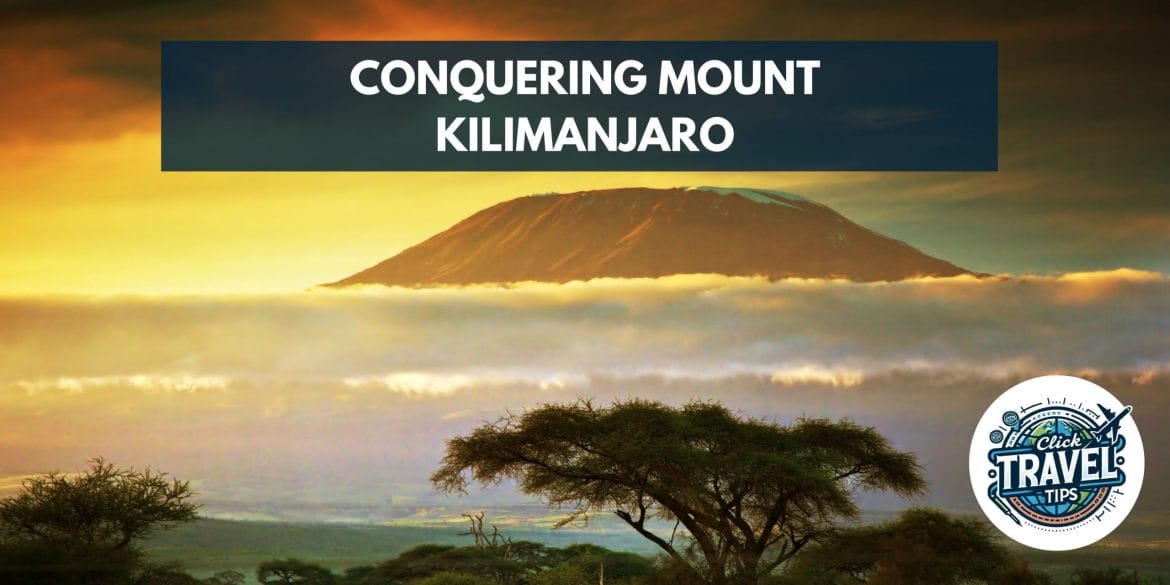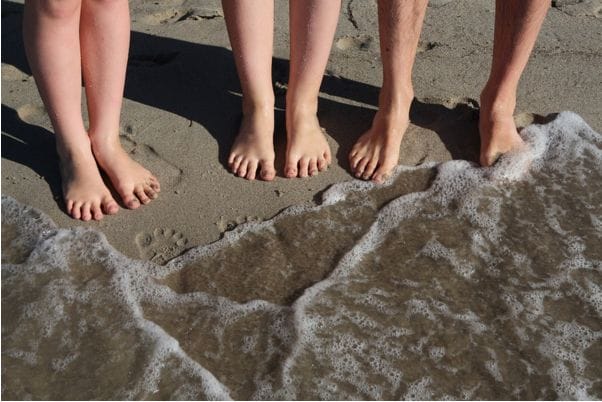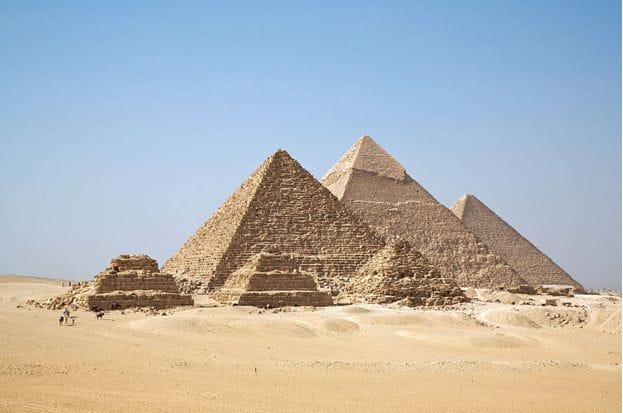Mount Kilimanjaro, Africa’s tallest peak, beckons adventurers from around the globe with its majestic beauty and the promise of an unforgettable journey. Standing at 5,895 meters (19,341 feet), Kilimanjaro is not just a mountain; it’s a testament to human endurance and the spirit of adventure. Whether you’re an experienced mountaineer or a novice eager to take on the challenge, expert advice can significantly enhance your climbing experience. Here’s a comprehensive guide to help you prepare, train, and successfully conquer Mount Kilimanjaro.

Understand the Mountain
Kilimanjaro is unique, offering climbers the chance to trek through five distinct climate zones—rainforest, heath, moorland, alpine desert, and arctic summit. Each zone presents its own challenges and requires specific preparations. Familiarize yourself with the mountain’s geography, weather patterns, and potential hazards to ensure a well-informed climb.
Choose the Right Route
Kilimanjaro has several routes, each with different characteristics, success rates, and scenic offerings. Popular routes include the Marangu, Machame, Lemosho, and Rongai, varying in length, difficulty, and crowd density. Consult with climbing experts or tour operators to select the route that best aligns with your experience, fitness level, and expectations.
Acclimatization is Key
Altitude sickness is a common challenge on Kilimanjaro, and proper acclimatization is crucial for a successful summit. Choose a route that allows gradual ascent and consider spending extra days on the mountain to adjust to the altitude. Listen to your body, stay hydrated, and communicate any discomfort to your guide.
Physical Preparation
Climbing Kilimanjaro is an endurance test that requires physical and mental preparation. Engage in regular cardiovascular exercises, strength training, and hiking with a weighted pack to simulate the trek’s demands. Training on inclined surfaces or stair climbers can also be beneficial.
Gear and Equipment
Invest in quality gear and equipment suited for varied terrain and extreme weather conditions. Essential items include a sturdy pair of hiking boots, thermal layers, a waterproof jacket, a sleeping bag rated for low temperatures, and a comfortable backpack. Don’t underestimate the importance of small items like sun protection, lip balm, and moisture-wicking socks.
Hire a Reputable Guide or Tour Operator
Climbing Kilimanjaro requires the support of experienced guides and porters. Choose a reputable Kilimanjaro tour operator with a strong track record of safety and success. Ensure they adhere to ethical treatment of their staff and respect for the environment.
Nutrition and Hydration
Maintaining a balanced diet and staying hydrated are pivotal during your climb. High-energy, easily digestible foods are ideal for sustaining your energy levels. Drink plenty of water, and avoid alcohol and caffeine, as they can exacerbate dehydration and altitude sickness.
Mental Preparation
Mental resilience is as crucial as physical fitness. Prepare yourself for the challenges ahead with a positive mindset and realistic expectations. Mental stamina will be your ally during tough stretches and when combating altitude-induced fatigue.
Respect the Mountain
Maintain an eco-friendly approach throughout your climb. Stick to designated trails, dispose of waste responsibly, and respect wildlife. Remember, your expedition should leave no trace, preserving the mountain’s natural beauty for future generations.
Embrace the Journey
While reaching the summit is a remarkable achievement, remember to embrace the entire journey. Enjoy the breathtaking landscapes, cherish the camaraderie with fellow climbers, and savor the personal growth that comes with such an endeavor.
Plan Your Safari Adventure
When planning your safari, consider timing, locations, and the type of experience you desire. The Serengeti’s Great Migration is a spectacular event, but even outside this period, Tanzania’s parks are abundant with wildlife – so taking a Safari in Tanzania can be an ideal option. Choose a reputable safari operator who prioritizes conservation and responsible tourism, ensuring your visit contributes positively to local communities and ecosystems.
Facts
| Fact Category | Details |
|---|---|
| Mountain Height | 5,895 meters (19,341 feet) |
| Location | Tanzania, East Africa |
| Climatic Zones | Rainforest, Heath, Moorland, Alpine Desert, Arctic Summit |
| Popular Routes | Marangu, Machame, Lemosho, Rongai |
| Typical Climb Duration | 5 to 9 days, depending on the route and acclimatization |
| Key Challenge | Altitude sickness; proper acclimatization is essential |
| Physical Preparation | Cardiovascular exercises, strength training, hiking with a weighted pack |
| Essential Gear | Hiking boots, thermal layers, waterproof jacket, sleeping bag, backpack |
| Recommended Supplements | Omega-3 fatty acids, Magnesium, Vitamin D, B-Complex Vitamins |
| Additional Adventure | Post-climb safari in national parks like Serengeti, Ngorongoro Crater, Tarangire |
| Cultural Experience | Interaction with local communities, such as the Maasai |
| Conservation Note | Follow eco-friendly practices, respect wildlife, stick to designated trails |
| Photography Tip | Capture the contrasting landscapes from the summit to the savannah |
Climbing Mount Kilimanjaro is more than just a physical journey; it’s a life-changing adventure that offers lessons in perseverance, humility, and the sheer joy of achieving something extraordinary. With the right preparation, respect for the mountain, and a determined spirit, you can join the elite group of adventurers who have stood atop Africa’s highest peak and gazed upon the world from its roof.




